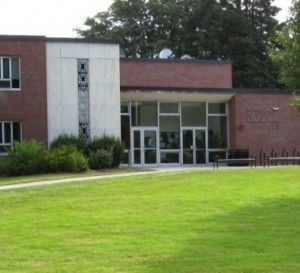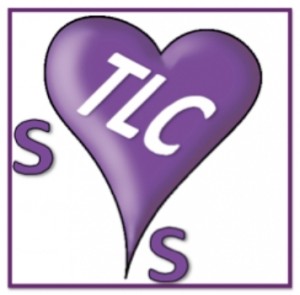 Welcome to S²TLC
Welcome to S²TLC
This website is an online support and sharing site for the many educators who are part of the Supporting STEM Teaching and Learning through Communities (S2TLC) project. S2TLC was originally a partnership of the University of Massachusetts Amherst with Greenfield, Holyoke, Springfield, and Mahar Regional school districts, along with the Hitchcock Center for the Environment. In 2017, we are broadening the high need districts with which we are working. Together, we seek to improve Science, Technology, Engineering and Mathematics Teaching and Learning throughout western Massachusetts. The project is funded by the National Science Foundation and the Noyce Foundation with generous matching support from the UMass College of Education, Graduate School, Office of Research and Engagement, College of Natural Sciences, and College of Engineering.
S2TLC-II Accepting Applications for Academic Year 2017-2018 CLICK HERE
Using this Website
The main goal of this website is to provide a virtual community for sharing conversation and resources between educators in science and mathematics disciplines at the middle and high school levels. Many of the links are password protected and intended for project participants. After we develop the website further, we plan to open it to a broader community of educators. In the meantime if you are not a member of the project, please enjoy the information we provide in open links, and you can email us at smadden@umass.edu if you would like to request future access. Project participants share a Moodle site for additional project work.
UMass Amherst S2TLC faculty:
College of Education
College of Engineering
- Dr. Paula Rees
CASA Director of Education and Outreach
rees{at}ecs.umass.edu
College of Natural Sciences
- Dr. Stephen Schneider
Department of Astronomy
schneider{at}astro.umass.edu
This material is based upon work supported by the National Science Foundation under Grant No. 1136392. Any opinions, findings, and conclusions expressed in this material are those of the author(s) and do not reflect the views of the National Science Foundation.


